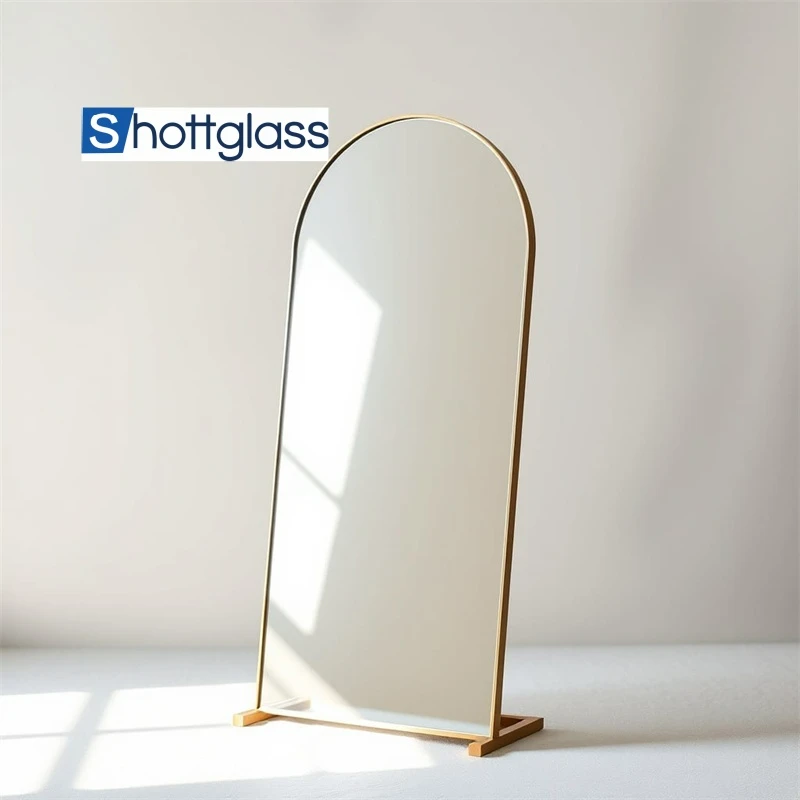Sep . 29, 2024 02:33 Back to list
Innovative Low Iron Glazing Solutions for Enhanced Clarity and Natural Light in Architecture
The Art and Science of Low Iron Glazing
In the world of architecture and design, glazing is an essential element that plays a crucial role in both aesthetics and functionality. Among the various types of glazing, low iron glazing has gained significant attention for its exceptional clarity and beauty. This article explores the characteristics, benefits, applications, and maintenance of low iron glazing, illustrating why it has become a popular choice in contemporary design.
What is Low Iron Glazing?
Low iron glazing is a specialized type of glass that contains significantly less iron oxide compared to standard glass. Iron, when present in glass, imparts a greenish tint that can detract from the clarity and purity of the material. By minimizing iron content, low iron glass achieves crystal-clear transparency, making it visually appealing for various applications, such as windows, facades, and displays. Manufacturers typically use a high-quality float glass process to produce low iron glazing, ensuring a smooth and even surface.
Benefits of Low Iron Glazing
1. Enhanced Optical Clarity One of the standout features of low iron glazing is its exceptional optical clarity. With a low iron content, this type of glass allows for greater light transmission and reduced color distortion. This quality is particularly important in architectural designs where natural light is a priority, contributing to a brighter, more inviting environment.
2. Aesthetic Appeal The lack of green tint enhances the aesthetic qualities of low iron glazing. It opens up possibilities for a wide range of design applications, including modern and minimalist architecture, where transparency and simplicity are often desired. This makes it a preferred choice for museums, galleries, and high-end retail spaces where visual presentation is key.
3. Durability and Strength Low iron glazing is not only beautiful but also robust. It can withstand significant impact and is available in various thicknesses, making it suitable for a variety of environments. With appropriate treatments, such as heat strengthening or laminating, architects can enhance its durability even further.
4. UV Protection Many low iron glazing products come with advanced coatings that provide UV protection. This is particularly useful for spaces that house art or delicate materials, as it helps prevent fading and degradation over time.
5. Energy Efficiency Low iron glass can be combined with energy-efficient coatings to improve thermal performance. This makes it a viable option for sustainable designs that aim to reduce energy consumption while maximizing natural light.
low iron glazing

Applications of Low Iron Glazing
Given its unique properties, low iron glazing is used in a variety of applications
- Architectural Facades Many modern buildings incorporate low iron glazing in their facades, allowing for expansive glass walls that create a seamless connection between indoor and outdoor environments. - Showroom Displays Retailers utilize low iron glass in their displays to showcase products without any color distortion, ensuring that customers see the true colors and details of the items on display.
- Residential Projects Homeowners seeking to maximize natural light and maintain aesthetic appeal often opt for low iron windows and doors, enhancing the beauty of their living spaces.
- Art Galleries and Museums These spaces require exceptional clarity to showcase artworks without interference. Low iron glazing is ideal for ensuring that lighting doesn’t affect the viewing experience.
Maintenance of Low Iron Glazing
Maintaining low iron glazing is relatively straightforward. Unlike regular glass, which may require frequent cleaning to mitigate the appearance of green tints, low iron glazing maintains its clarity with proper care. Regular cleaning with non-abrasive materials and appropriate cleaning solutions can help prevent the buildup of dirt and grime. Additionally, applying hydrophobic coatings can make cleaning easier by repelling water and reducing streaks.
Conclusion
Low iron glazing epitomizes the fusion of aesthetics and functionality in modern architecture and design. Its remarkable clarity, aesthetic versatility, and durability make it a preferred option for numerous applications. As the demand for visually striking and sustainable architectural solutions grows, low iron glazing will undoubtedly continue to be a favored choice among architects, designers, and homeowners alike. Emphasizing transparency and light, low iron glazing not only enhances the beauty of a space but also contributes to a more enjoyable and energy-efficient environment.
-
Sustainable Practices in a Modern Coated Glass Factory
NewsAug.07,2025
-
Insulated Glass Unit Installation Best Practices and Tips
NewsAug.07,2025
-
Frosted Glass Types and Custom Solutions for Sale
NewsAug.07,2025
-
Current Clear Float Glass Price Trends in Global Markets
NewsAug.07,2025
-
Comparing Different Types of Laminated Glass Performance
NewsAug.07,2025
-
Best Anti Fog Bathroom Mirror Solutions for Humid Climates
NewsAug.07,2025
Related PRODUCTS














